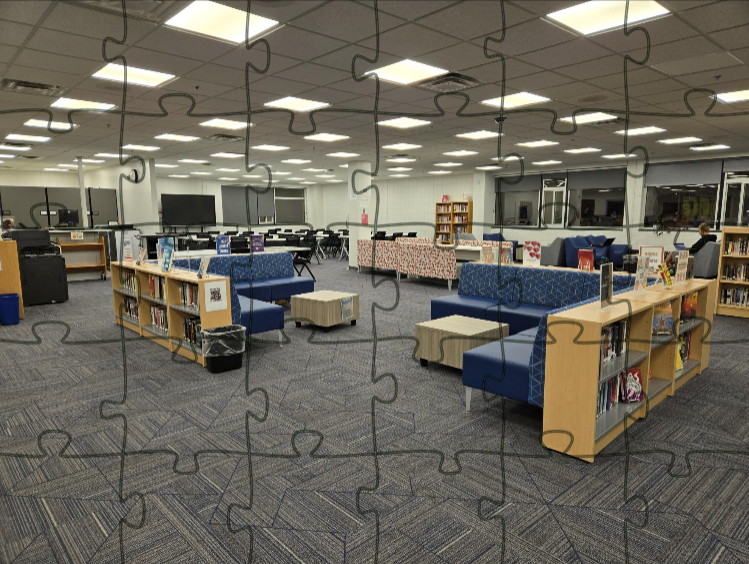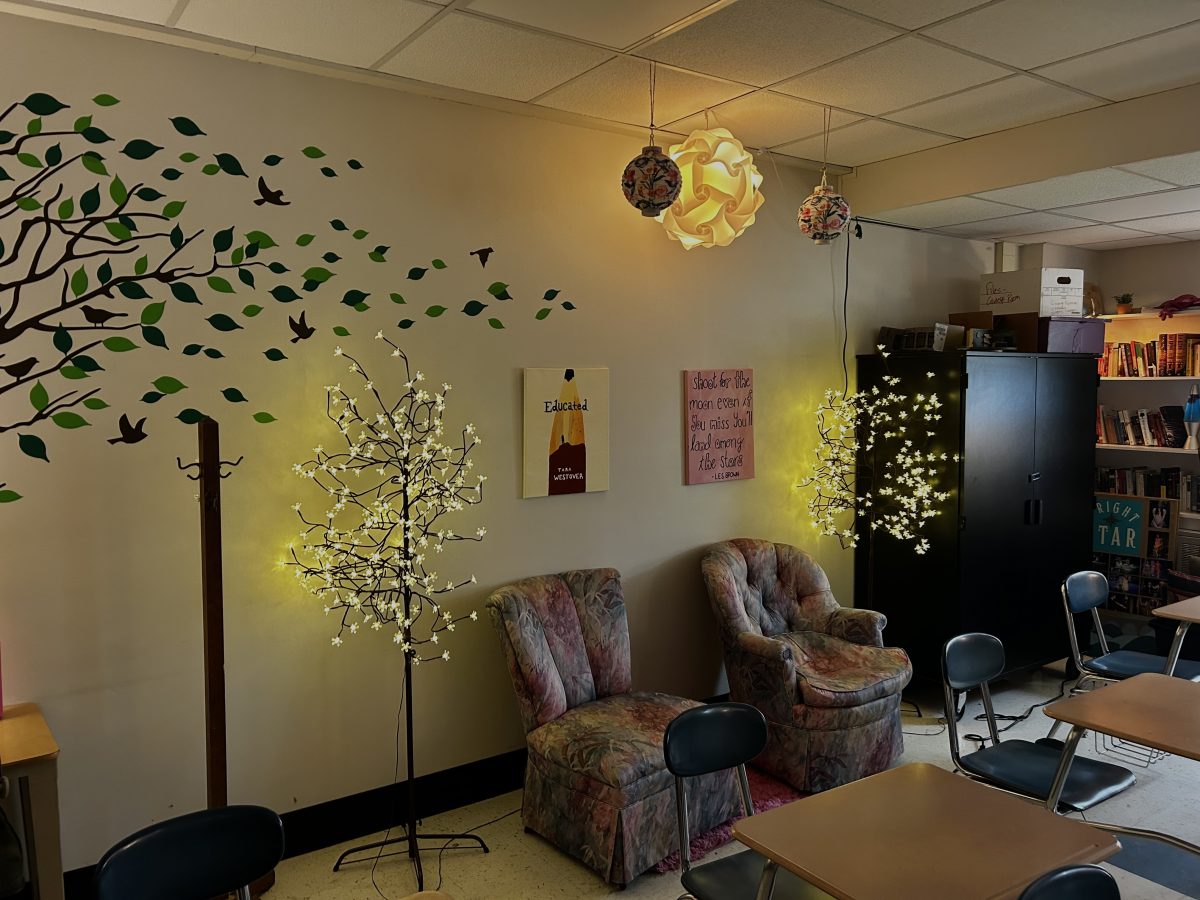Schools are notorious for their bright overhead ceiling lights, but what people may not know is that these lights can actually be harmful for students and teachers, impacting their ability to learn in the classroom, and their physical health.
“I think I would learn better [in a classroom with LED lights] because brighter lighting can often be more sensitive to the eyes. Warmer lighting creates a more comfortable environment to learn in and when you have bright lights it feels cold and makes me less productive,” Sophomore Alex Tufvander said.
Being in a classroom with harsh lighting seems to lead to students being less productive and can even cause symptoms like headaches and eye strain.
“I will often get headaches and [fluorescent lights] cause me to be more tired because of the strain on my eyes. Sometimes, I will even get anxiety because of the bright lighting,” Tufvander said.
When students complain about being tired or experiencing minor pain, most of them aren’t aware that those symptoms can actually be caused by the bright ceiling lights. They aren’t just being dramatic.
In a study conducted at Ball State University, it was claimed that fluorescent lighting can cause migraines, headaches, eye strain, sleep problems, stress, anxiety, and more. The body prefers to be under natural sunlight, and when it’s not, you may notice an impact on student behavior.
“Sometimes I can really see a difference from when a kid is in the hallway to when they’re in here, they’re a lot calmer and a little bit more focused and just ready to dive into learning in a more attentive and relaxed way,” English teacher Mrs. Balon said.
Despite the fact fluorescent lighting is cheaper than LED, LED lights have better quality and unlike fluorescent lights they don’t flicker, relieving students of the physical problems fluorescent lights cause.
“I find that [LED lights] help with kids’ concentration and their focus. [LED lights] minimize a lot of chatting and talking that happens between students and it also lowers the anxiety levels.” Balon said.
Even though it might be easier for teachers to stick with the lights they’ve been provided with, it has been proven to be beneficial for students if they make the switch to LEDs.




















































